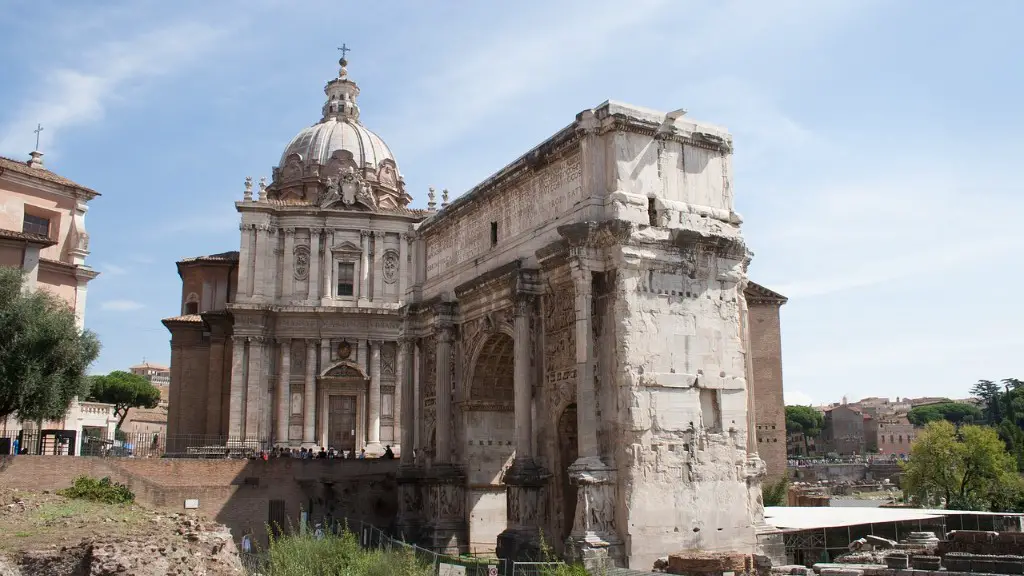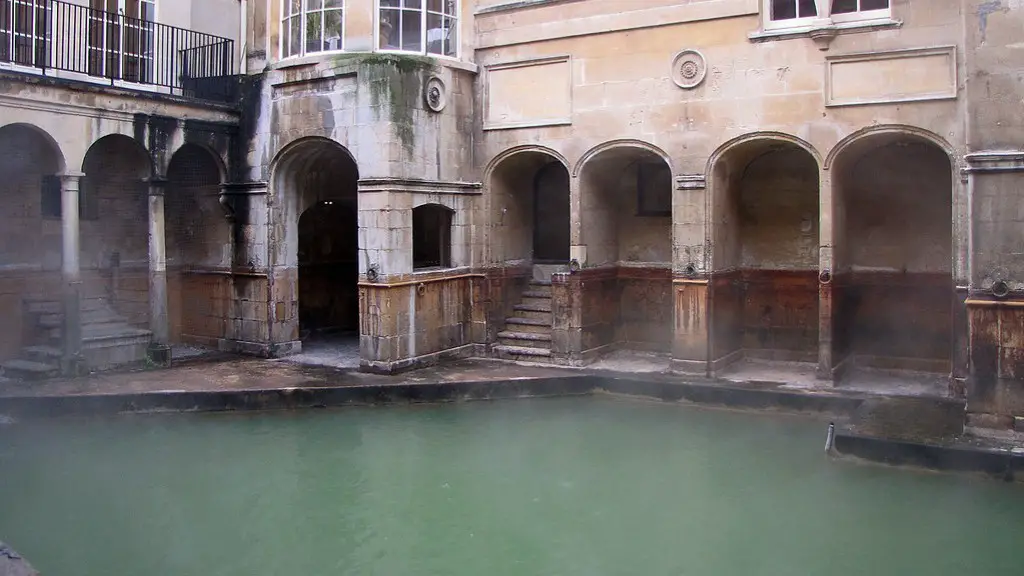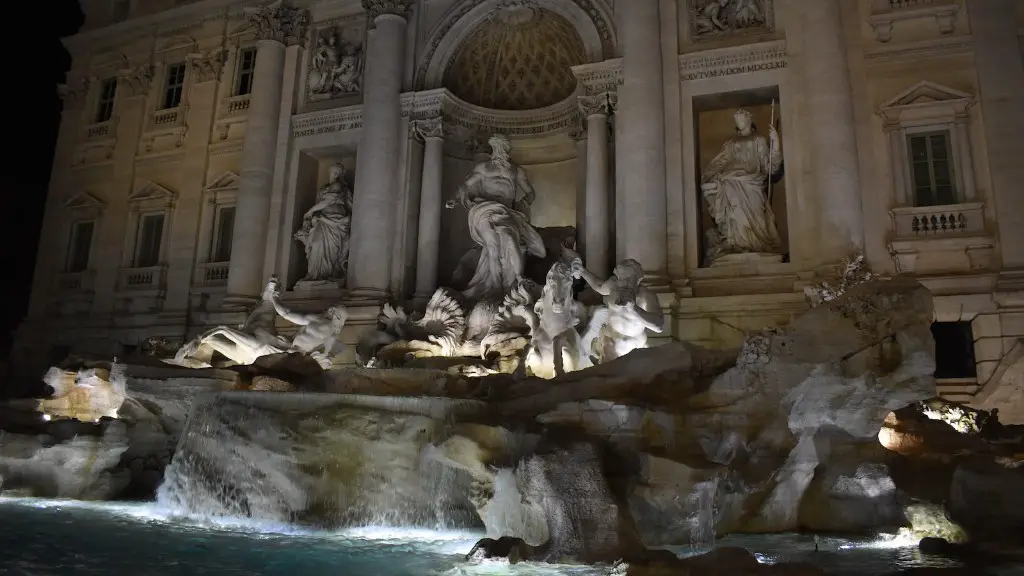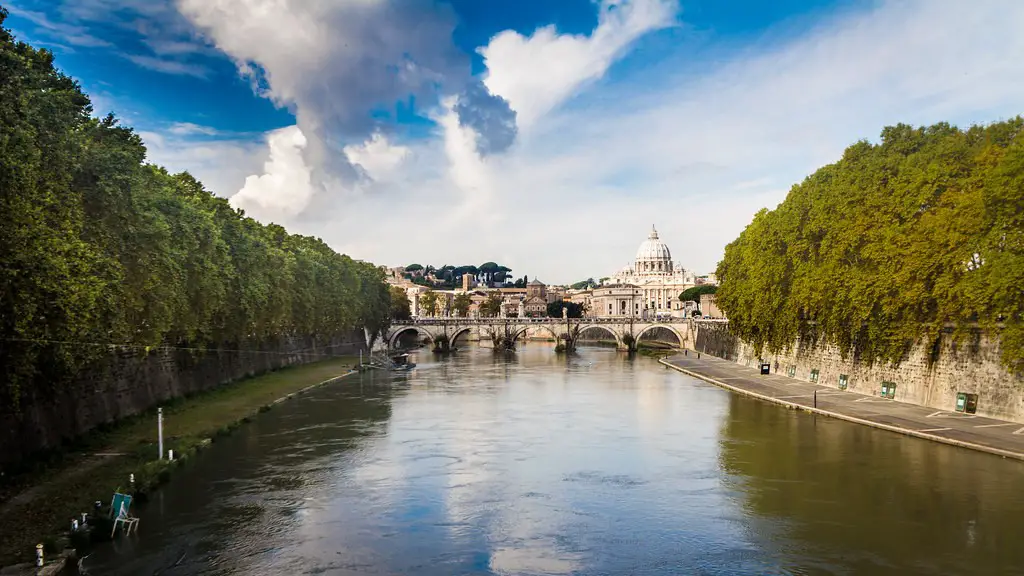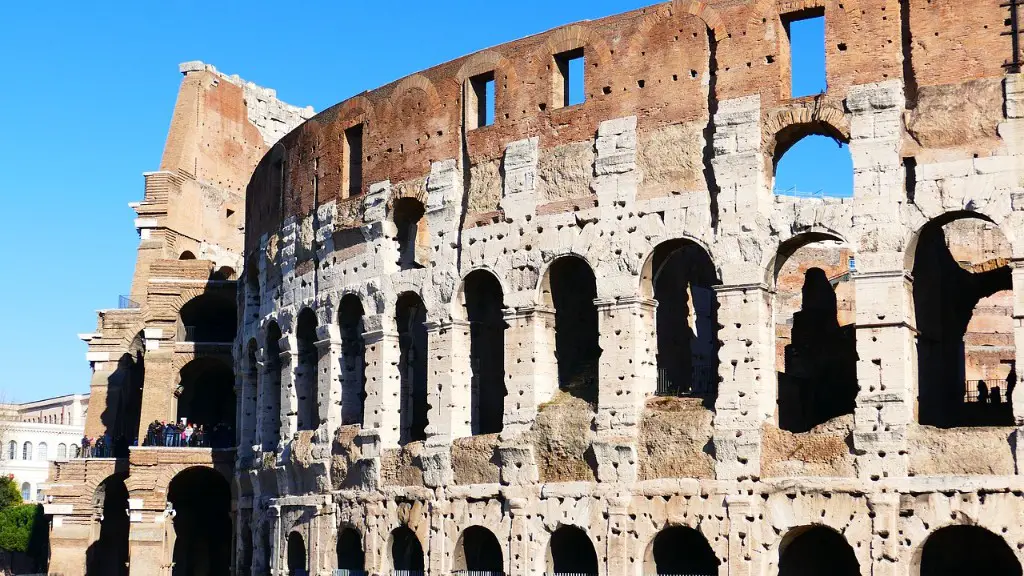As one of the largest and most powerful empires of its time, Ancient Rome was greatly affected by its natural surroundings. The city of Rome itself was founded on the Tiber River, which provided not only transportation but also trade and communication with other parts of the world. Rome’s strategic location also allowed it to easily expand its territory; the Mediterranean Sea made transportation and trade possible, while the nearby Alps made fornatural barriers against invaders. The land around Rome was also very fertile, which helped the empire to become self-sufficient in food production. In short, the natural geography of Rome and its surroundings played a pivotal role in its rise to power.
The city of Rome is located in the central part of the Italian peninsula, which is why Rome was able to become such an important center of trade and commerce. Rome also had the benefit of the Tiber River, which ran through the city and provided a means of transportation for trade goods. The Italian peninsula is a relatively mountainous region, which made it difficult for invaders to come in and conquer the land. This natural geography helped to protect Rome from many of its enemies.
How did geography affect where Rome was located?
The Po and Tiber River valleys have rich volcanic soil that makes them ideally suited for agriculture. Volcanic ash made the soil near Rome some of the best in all of Europe. New settlers arrived due to Rome’s agricultural potential. The Roman population grew quickly, with overproduction of grains, olives, and other cash crops.
The soil and climate of Rome were well suited for growing olives and grain. This reliable food production allowed the population to grow, and the trade in olives and olive oil helped the Roman economy expand. The olives and grain were not only used to feed the population, but also to produce olive oil, which was used for cooking, lamps, and cosmetics.
What 3 geographic features helped the ancient Romans the most
Rome’s location was very advantageous for a number of reasons. It was protected from invasion by two mountain ranges, the Alps and the Apennines. The land was also very fertile, which allowed for agriculture to flourish. Additionally, Rome was centrally located and served as a hub for trade. Finally, the population was very diverse, which made for a rich and vibrant culture. All of these factors helped Rome to grow and ultimately dominate the known world.
Rome’s location on the Tiber River made it easy for people to move goods between northern and southern Italy. The location was also across steep hills, which made it easy to defend enemy attacks.
How did geography protect the Romans?
The Alps and Apennine mountain ranges were natural barriers that helped protect Rome from invasions and provided strategic locations during war time. The Alps provided a roadblock that forced invaders to move through narrow passages allowing Romans time to prepare and attack. The Apennines were also valuable during wartime as they offered high ground that could be used to spot enemies and plan attacks. Overall, the mountains served as a great defense for Rome and helped them to win many wars.
The Romans were able to improve on certain designs and inventions that they borrowed from the Greeks. They were able to make these improvements by incorporating their own ideas and innovations. This allowed them to create a unique Roman style that was different from the Greek style.
How did geography play a major role in where Rome was founded?
Rome was founded in 753 BC, and it became the capital of a major empire. The original settlement was built on seven hills, and it was immune to attacks from the sea. The seven hills were also easy to fortify, which made the city a strategic location.
The Alps ran along the northern border and protected Rome during the winter months The Apennines cut the Italian peninsula in half, giving Rome needed protection, especially in the early days when Rome was growing, and developing an army Rome was also in a central location in the Mediterranean region. All of these things made Rome a very desirable place to live, and helped it to become one of the most powerful empires in the world.
What were the 3 primary causes for the Roman revolution
The Roman Revolution was a time of political upheaval in Rome that lasted from 133 BC to 27 BC. The main cause of the unrest was economic stagnation in the city, which led to slave revolts and dissension in the military. The period saw the fall of the Roman Republic and the rise of the Roman Empire.
The military expansion of the Roman Empire was a key driver of economic development, as it brought back enslaved people and looted resources from conquered territories. This in turn transformed the city of Rome and Roman culture, as new wealth and ideas flowed into the city. The military also played a key role in shaping Rome’s political institutions, as the need to protect and expand the empire led to the development of a strong central government.
What are 3 ways the Roman empire influenced Europe’s culture?
The ancient Romans were indeed a people known for their military, political, and social institutions. They conquered vast amounts of land in Europe and northern Africa, built roads and aqueducts, and spread Latin, their language, far and wide. All of these accomplishments helped to make the Roman Empire one of the most powerful empires in history.
Rome began as a small village near the Tiber River in Italy on a peninsula close to the Mediterranean Sea. The city was also far enough inland to provide some protection from the sea. The Tiber River was a source of freshwater and rich soil needed to support the development of people, animals, and crops of Rome.
What geography did ancient Rome have
Rome was founded in 753BC by the twin brothers Romulus and Remus. It grew to become one of the largest and most powerful empires in history. The Roman Empire was, at its height, the largest and most powerful empire in the world.
The Roman Republic was established in 509 BC, and grew steadily in power. The Roman Empire reached its height under Emperor Constantine in the 4th century AD. Christianity began to spread through Rome under Constantine’s rule, and the Emperor declared Rome the new capital of the empire in 330 AD.
Rome declined in the 5th century AD, culminating in the disastrous Sack of Rome by the Visigoths in 410 AD. The Roman Empire was officially dissolved by the last Roman emperor, Romulus Augustus, in 476 AD.
The city of Rome continued to exist after the fall of the empire, and in 753 AD was formally declared the capital of the new kingdom of Italy.
Rome was founded in 753 BC by the twin brothers Romulus and Remus. It is thought that Rome got its name from Romulus, who was the first ruler of the city. Rome is known as ‘The Eternal City’ because it has beencontinuously inhabited for more than two and a half thousand years! It is also the largest city in Italy with a population of over two and a half million people.
What caused Rome to fall?
The most straightforward theory for Western Rome’s collapse pins the fall on a string of military losses sustained against outside forces. Rome had tangled with Germanic tribes for centuries, but by the 300s “barbarian” groups like the Goths had encroached beyond the Empire’s borders. In 378, the Roman army suffered a crushing defeat at the Battle of Adrianople against a combined force of Goths and other “barbarians.” The loss was so disastrous that it shook the very foundations of the Roman Empire. Gothic forces subsequently sacked the city of Rome itself in 410. This was the first time in almost a millennium that the city had fallen to an enemy army, and the event sent shockwaves throughout the empire. Rome never recovered from these losses, and the Empire continued to decline until its eventual fall in 476.
The Roman Empire was beset by a number of problems in the latter half of the 3rd century AD, which led to increased pressure on the government to raise taxes. Inflation, barbarian invasions, debasement of the currency, civil wars, and destruction of farms, crops and cities all contributed to the Empire’s decline, and ultimately led to its fall.
What killed the Roman Republic
The Roman Empire was one of the most powerful empires in history. However, it was not without its problems. Economic problems, government corruption, crime, and private armies all led to its eventual fall in 27 BCE. Julius Caesar was one of the most influential people in its decline. He was assassinated in 44 BCE, which started a series of civil wars that eventually led to the empire’s fall.
Experts say that only around 10% of ancient Rome is still remaining today. Most of it was destroyed over time, and what is left is in ruins. The remaining 90% is said to be buried deep underground, around 30 feet below the street level today.
Conclusion
Natural geography had a significant impact on ancient Rome, as the city was located in a strategic position at the center of the Italian peninsula. Rome was also situated near key trade routes and had access to important resources such as marble and timber. The city’s location and resources helped it to become a powerful empire.
Natural geography played a significant role in the development of ancient Rome. The city was founded on the Palatine Hill, which offered a strategic view of the surrounding area and was surrounded by the Tiber River, which provided a natural border and a source of food and water. The area was also fertile and had a mild climate, which allowed for the growth of crops and the development of industry.
